Dry skin and dehydrated skin are often used interchangeably. This is not surprising since both have similar symptoms like dry, rough, and flaky skin. Recognizing the difference between dry skin and dehydrated skin can help in choosing the right skincare routine.
Dry vs Dehydrated Skin: How to Tell the Difference
How do you know if you have dry or dehydrated skin? The best way to tell is by learning the difference between skin type and skin condition.
1. Differentiating Skin Type vs Skin Condition
Dry Skin
Dry skin is a specific skin type. People usually fall into one category — dry, oily, normal, combination, or sensitive.
The leading cause of dry skin is the lack of sebum production. The sebaceous glands do not produce enough sebum to adequately lubricate the skin.
As such, people with dry skin are prone to the following symptoms:
- dryness
- tightness
- itchy skin
- rough or scaly texture
- flaking or peeling
- fine lines and wrinkles
- dull complexion
- dry patches on skin
Dry skin can also be caused by an impaired skin barrier, which makes it difficult for the skin to retain moisture. This is why dry skin is also more prone to developing conditions such as eczema and psoriasis.
It’s important to note that skin type is not something that changes daily — or season to season. As such, people with dry skin may have to deal with these symptoms for most of their life.
However, because sebum production naturally declines as we age, most people also develop dry skin when they get older. Dry skin can also be triggered by certain factors, including weather, environmental stressors, genetics, medical treatments, harsh skincare products, diet, and long hot showers.
Dehydrated Skin
In contrast, dehydrated skin is a temporary skin condition, and the main cause is a lack of water in the body.
Healthy skin consists of at least 30% water. Water causes skin cells to swell, which is good because it makes skin thicker, plumper, and more elastic. Lack of water can likewise disrupt your skin barrier.
You can have dehydrated skin regardless of your skin type. For instance, those with oily skin types may experience even more excess sebum production due to dehydration.
This also means that you can have dry and dehydrated skin simultaneously.
Symptoms of dehydrated skin include:
- dryness
- tightness
- itchy skin
- rough or scaly patches
- pronounced fine lines and wrinkles
- acne breakouts
- dull complexion
- dark undereye circles
- sunken eyes
- dark shadows on your face
- dry flaky skin on face
Apart from changes in your skin, studies show that dehydration can also negatively impact physical ability, cognitive performance, and gastrointestinal and kidney function. Dehydration can also cause headaches and increased heart rate.
Even at just 2% dehydration, your body may already start to see these changes.
2. Pinch Test
The pinch test is a quick and easy way to determine if you have dehydrated skin.
First, use two fingers to pinch your cheeks or the back of your hand. Make sure to apply gentle pressure only.
If your skin bounces back within three seconds, your skin is adequately hydrated. If not, you have dehydrated skin.
3. Watch and Wait Method
The Watch and Wait method is good for determining your skin type.
The first step is to wash your face with a gentle cleanser. Pat the skin dry and leave it as is.
After 30 minutes, check on the condition of your skin. If the skin feels tight and looks flaky, you have dry skin.
Other possible outcomes include:
- Oily skin – Your face looks shiny or greasy
- Combination skin – Your T-zone is shiny but the rest of the face is matte
- Normal skin – Your face feels hydrated and comfortable
- Sensitive skin – Your face is red and may feel stinging
How to Treat Dry Skin on the Face and Body
A dry skin type can make you more prone to dry, itchy, and flaky skin. Certain factors, such as weather changes and exposure to environmental stressors, can also worsen your symptoms. Knowing how to treat dry skin on face specifically can help in achieving a smooth and hydrated complexion.
1. A Proper Skincare Routine
A proper skincare routine is tailored to your specific skin type. For those with dry skin, stick to products with gentle and fragrance-free formulations. Avoid harsh ingredients such as alcohol, retinol, fragrances, and salicylic acid. Implementing skincare for dehydrated skin can also help in managing symptoms effectively.
Stick to dry-skin-friendly ingredients such as:
- Hyaluronic acid to draw moisture to the skin
- Ceramides to help fight off moisture loss
- Squalene to help soften and smoothen your skin
2. Avoid Hot Showers
A long hot shower may feel good, but it can worsen dry skin. Hot water can strip natural oils from your skin, making it even drier. It may also cause inflammation, redness, or itchiness.
It’s better to use lukewarm or cold water when taking a bath. It might not be as relaxing, but it’s essential for dry skin treatment. Also, try not to take showers longer than 10 minutes to prevent drying out your skin.
3. Moisturize After You Shower
If you have dry skin, moisturizing right after a bath is crucial. This is because the moment you get out of your shower, moisture from your skin starts to get pulled out of your skin.
Moisturizing within 5 minutes of your shower prevents water loss and hydrates your skin. Since pores are still open, your skin can absorb skincare products more effectively.
Regarding moisturizers, choose thick creams with occlusive properties to provide adequate moisturization and help seal everything in.
4. Supplemental Care
You can also consider supplementation as part of your dry skin treatment. Studies have shown that vitamin A, B, and D deficiencies may cause dry skin.
A daily multivitamin can help address these deficiencies. It also has vitamins, minerals, nutrients, and antioxidants that your body needs to maintain overall health. Meanwhile, omega-3 fatty acids and collagen supplements can help make skin softer and more elastic.
Drinking electrolytes may also help boost moisture levels. Electrolytes draw water to the skin. Studies also show that calcium and potassium may also strengthen skin barrier function.
How to Treat Dehydrated Skin
Treating dehydrated skin is more straightforward, and the main thing is ensuring that you drink enough water daily. Experts recommend at least 11 cups daily for women and 15 cups of water a day for men.
You can also incorporate water-rich foods such as tomatoes, cucumbers, spinach, apples, and watermelon into your diet. Supplementing with vitamins, minerals, nutrients, and antioxidants can keep the body hydrated.
Another strategy would be to avoid or minimize unhealthy habits such as smoking and drinking alcohol, which can contribute to dehydration.
It’s also important to rehydrate after intense physical activity. Sweating and heavy breathing can cause your body to lose a lot of water and electrolytes. Water not only keeps you hydrated, but it also helps reduce exercise-induced oxidative stress.
Studies also show that drinking an electrolyte beverage before and after intense exercise can help prevent exercise-induced muscle cramps. As a result, you can work out for longer.
If you have dehydrated skin after implementing these good practices, you may be experiencing chronic dehydration. Consult with a medical professional as soon as possible to prevent serious illness.
Dry Skin vs Dehydrated Skin: A Clearer Perspective
Skin is the body's largest organ and accounts for around 15% of one’s total body weight. As such, it’s essential to look after your skin as part of maintaining overall health.
Dry skin treatment focuses on moisturization to compensate for the lack of sebum production. On the other hand, Dehydrated skin focuses on rehydration to compensate for body water loss.
Both dry and dehydrated skin can also benefit from a healthy diet packed with vitamins, minerals, and other nutrients. Supplemental care and replenishing electrolytes can also help manage dry and dehydrated skin.
At Xendurance, we offer Hydro (will need a new link when our ) to help keep your body hydrated all day long. We feature a premiere blend of electrolytes that will help you recharge no matter the time of day. Our Hydro products also contain lactate, which provides the fuel you need to conquer any workout. It helps enhance performance and reduce recovery time.
The combination of a proper skincare routine, healthy habits, and supplemental care can be the protection you need to combat dry and/or dehydrated skin.


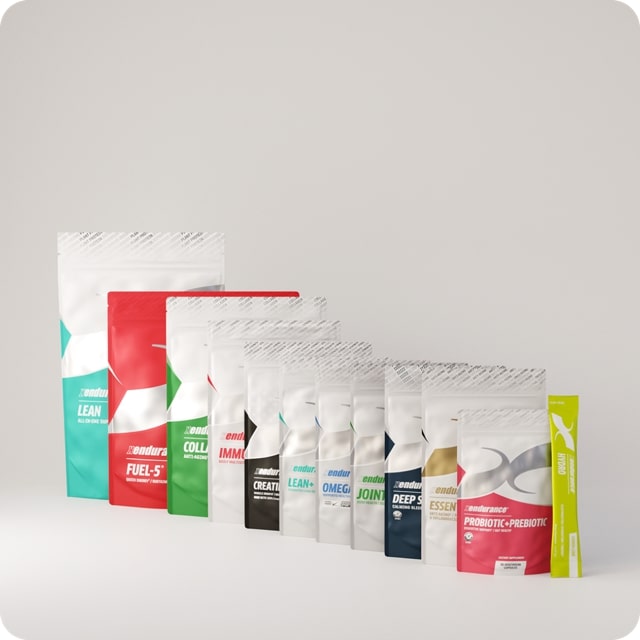
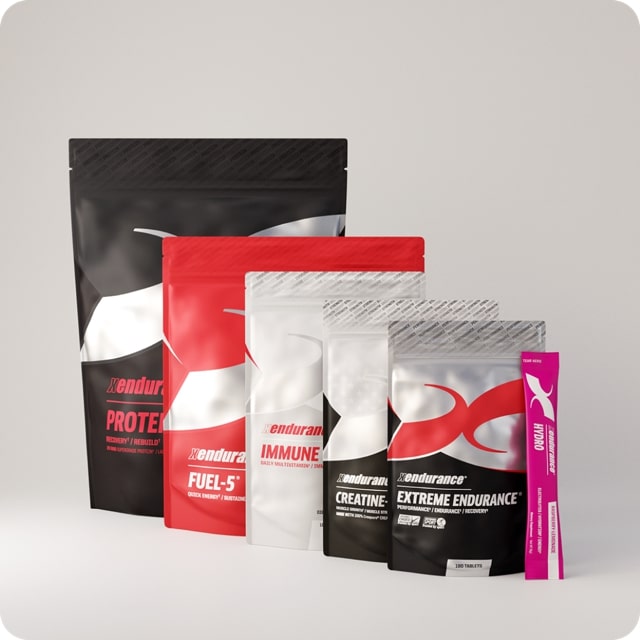
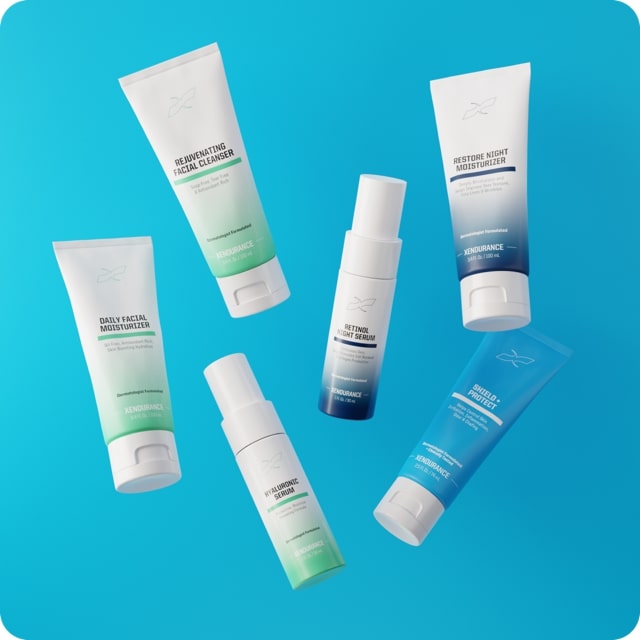
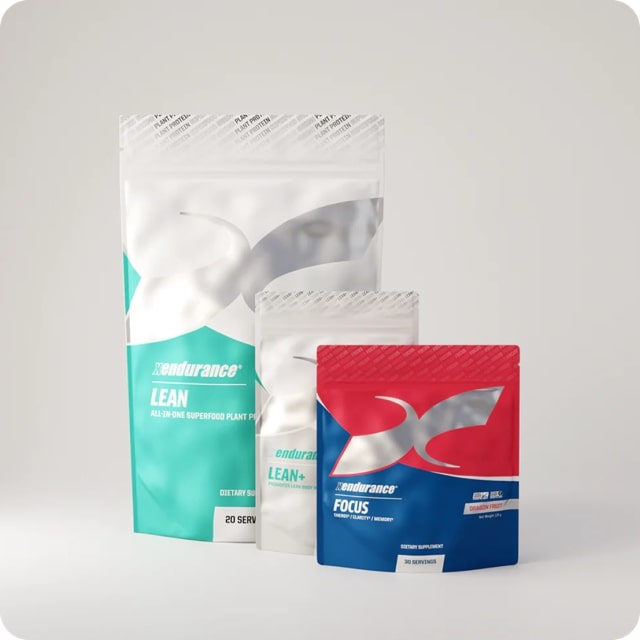
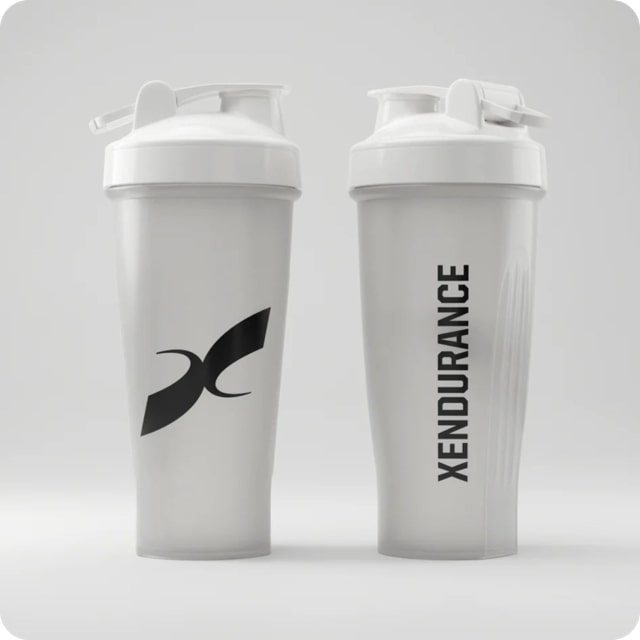
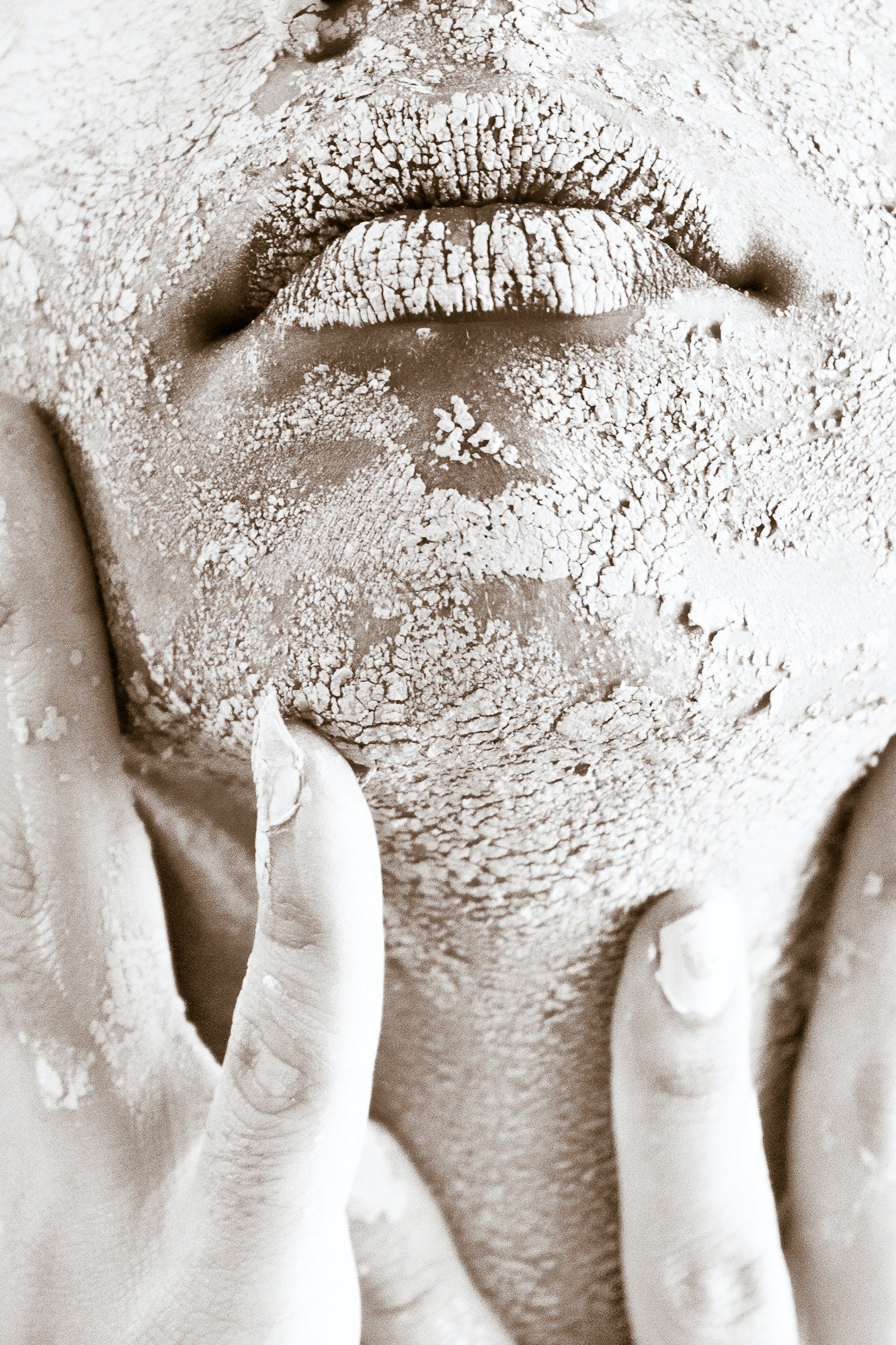

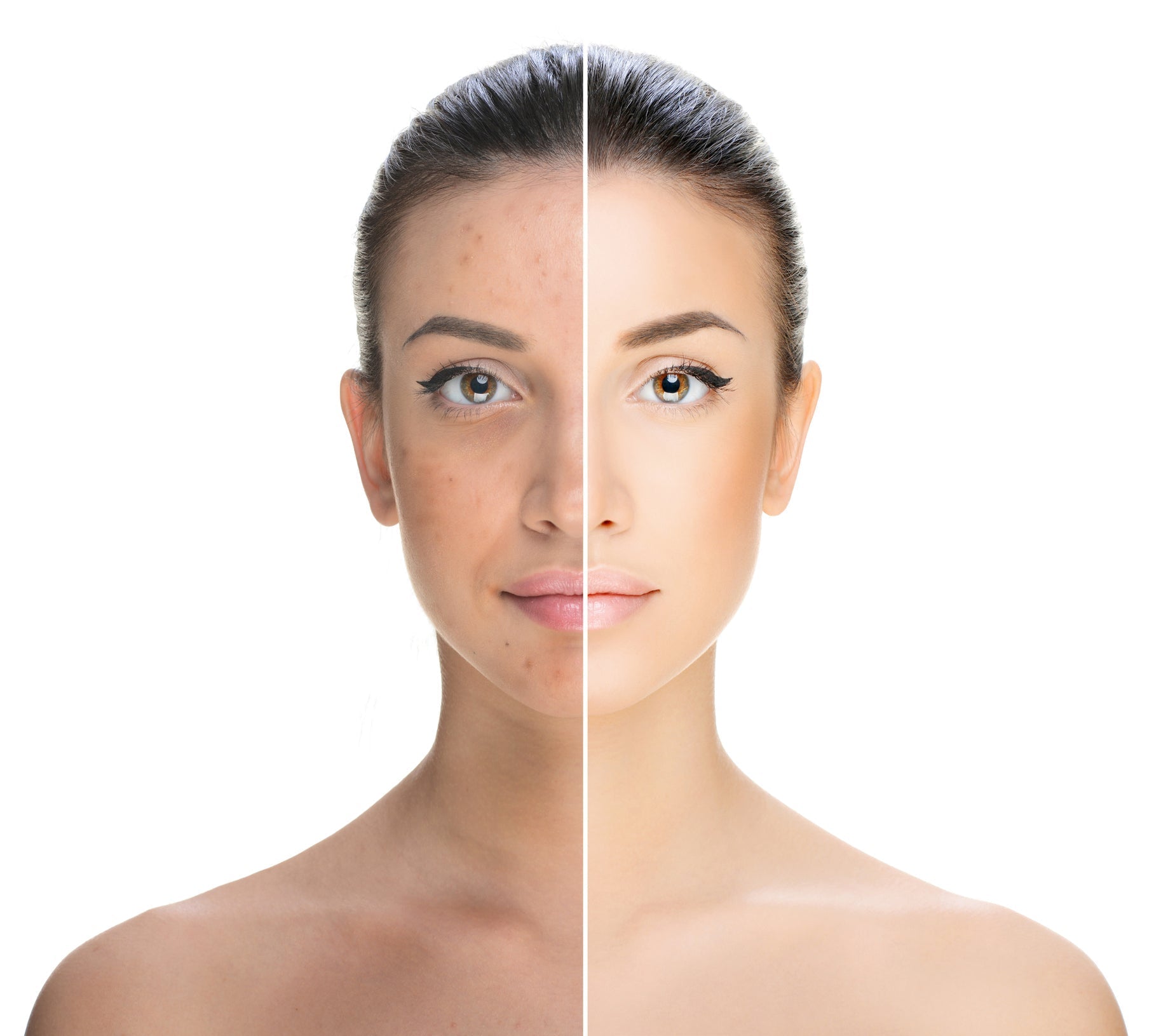
Leave a comment
This site is protected by hCaptcha and the hCaptcha Privacy Policy and Terms of Service apply.